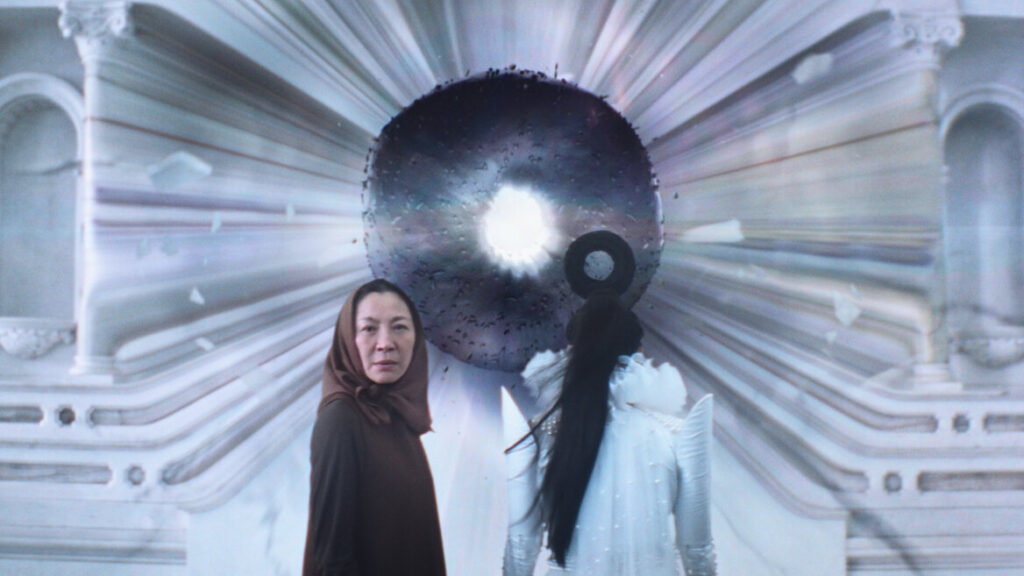In exploring network analysis projects previously, I have often been left with the thought of: okay, so what? Maybe that’s natural because I’m not the one who created the network in an effort to answer my pressing questions, but sometimes I have felt as though more complicated network analysis work, even at its final stage, is a bit inaccessible. Others have made complete sense in my brain. For instance, there is a PhD student at another university I met named Sally Mauldin (link to her blog because I can’t find the project itself online) who did a network analysis project where she studied the relationships between different governing bodies and institutions of higher education in South Carolina through the people who sat on their boards or held elected offices. With her computational method was able to find connections and corruption that have otherwise been left invisible. Anyway, THIS network analysis complication level is easy for me to comprehend: people tethered to one or more organizations or persons at the same time which are each individually connected to other people and organizations… conclusion: conflicts of interest.
Truthfully, when I was exploring Linked Jazz my thought was: what should I use this for? I could see myself beginning research on say Louis Armstrong, and going here to find leads to follow in terms of who he was connected to. The larger sized circles lead me to believe that there is potentially an argument here about influence… that some folks knew more people and were therefore more influential in the field. Beyond that, I feel like I begin grasping at straws and need more interpretive hand holding, or at least visual breadcrumbs to follow, otherwise I begin aimlessly playing around. Although, maybe that’s another good point… stop being so serious and just be curious until something finds you!
The Quantifying Kissinger project sits in a happy middle for me. While at first, the visualization is aesthetically overwhelming and I still don’t entirely understand the meaning of the patterns, the video walkthrough of this historian’s findings provided the much needed interpretive hand holding. Step by step, I saw how the lines did in fact move in clusters across what looked like deep space, surrounding words in bigger letters like “Vietnam,” “Cambodia,” and “Negotiations.” I did in fact draw conclusions about international relations over time that were enabled by this zoomed out, visual perspective.
The readings for this module helped demystify this struggle of mine a bit. The Network Turn: Changing Perspectives in the Humanities made powerful arguments about how network analysis illuminates bits of history relegated to the shadows and uniquely unites disciplines through the common interest of embracing complication.
One point I found particularly interesting was that network analysis calls into question the direction of influence, between people and other people or people and nouns. This made me think of Scott Weingart’s Demystifying Networks, Parts I & II. Among many other things, Weingart discusses the logistics of allowing two way (symmetric) connections vs one way (asymmetric) connections. This changes the visualization so that it would follow the logic of the question; For example, not implying that an author could be written by a book. Making decisions about what kind of connections (or how many kinds of nodes, as he also talks about) you want to use, also determines the kind of software that will be compatible. Without knowing that, he writes, interpretations could be wildly off. This reading, because of its informal and yet extremely detailed nature, is something I would return to as a reference for future work.
As for the techy activities, I did enjoy them, though I per usual walk away with more questions and a longing for more time to spend devoted to learning these skills. For some reason the Eye of Sauron thing reminded me of the bagel from Everything Everywhere All At Once. I think the nitty gritty is only going to come with practice, but even so far, the steps weren’t that hard to follow. I did get pretty stuck trying to make my SDFB data not look like a furry turd by adjusting the Preview settings… but I’ll be putting that in the Slack channel lol



Leave a Reply